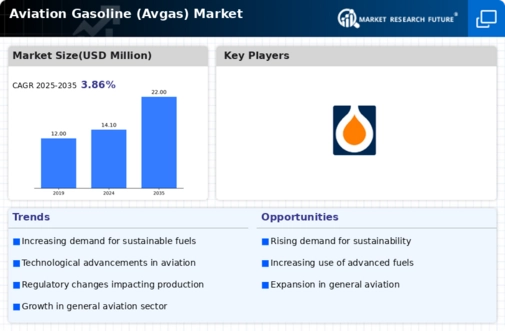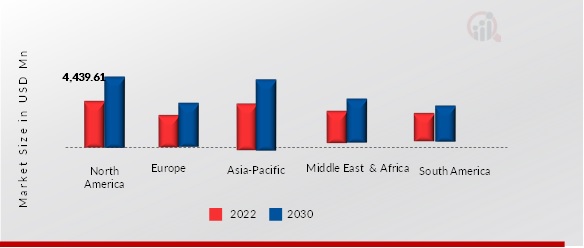Major market players are spending a lot of money on R&D to increase their product lines, which will help the Aviation Gasoline (Avgas) Market grow even more. Market participants are also taking a range of strategic initiatives to grow their worldwide footprint, including new product launches, contractual agreements, mergers and acquisitions, increased investments, and collaboration with other organizations. Competitors in the Aviation Gasoline (Avgas) Market industry must offer cost-effective products to expand and survive in an increasingly competitive and rising market environment.
One of the primary business strategies adopted by manufacturers in the global aviation gasoline (Avgas) industry to benefit clients and expand the Aviation Gasoline (Avgas) market sector is partnerships and acquisitions. The market for Aviation Gasoline (Avgas) is recognized as being extremely competitive and fragmented. The market for Aviation Gasoline (Avgas) offers considerable potential opportunities for domestic and unorganized companies.
Some of the key players operating in the market are Shell PLC (UK), BP PLC (UK), TotalEnergies SE (France), ExxonMobil Corporation (US), Phillips 66 Company (US), Indian Oil Corporation Ltd. (India), China Petrochemical Corporation Ltd. (China), Hjelmco Oil AB (Sweden), Oman Oil Company S.A.O.C. (Oman), and Vitol (Switzerland). To increase their global reach and client base, key firms are concentrating on acquisitions and product innovation.
Indian Oil Corporation Ltd.: Indian Oil Corporation Ltd (IOCL) carries out oil & gas exploration, production, refining, pipeline transportation, and sale of natural gas & petroleum products. Additionally, it produces and sells petrochemicals and engages in a sizable amount of alternative energy business. High-speed diesel, jet fuel, light petroleum gas, gasoline, bitumen, heavy fuel oil, naphtha, lubricants, and greases are some of the refined petroleum products offered by IOCL. The business established subsidiaries in the US, the Netherlands, Sweden, Mauritius, the UAE, and Sri Lanka.
More than 35 countries, including Sri Lanka, Mauritius, Bangladesh, Nepal, several Middle Eastern nations, Indonesia, Thailand, Vietnam, and African nations, import SERVO lubricants. In each of the three key product categories—automotive oils, industrial oils, and greases—SERVO holds the largest market share. The first oil brand from the Asia-Pacific region to receive approval from marine engine builders like MAN B&W and Wartsila Sulzer is SERVO, which is the sixth oil brand overall. It is a Maharana business owned by the Indian government.
China Petrochemical Corporation (Sinopec): China Petrochemical Corporation (Sinopec) is a vertically integrated energy and chemical company. This corporation manufactures, markets, stores, and moves petrochemicals, chemical fibers, chemical fertilizers, and other chemical products. Additionally, it takes part in activities including oil and gas exploration, production, extraction, marketing, and oil refining. The company also works as an import and export agency for commodities such as crude oil, natural gas, refined oil products, petrochemicals, chemicals, and other technologies. It also conducts research, development, and application of technology and information.
Its product line includes petrochemical products like synthetic resin, synthetic fiber monomers & polymers, synthetic rubber, synthetic fiber, chemical fertilizers, lubricants, and petrochemical intermediates in addition to refined oil products like petrol, diesel, and jet fuel. The business also exports pressure vessels, cables, seamless pipes, drilling and fracturing equipment, and other goods. The company has operations in 23 nations, including Singapore and China.













Leave a Comment